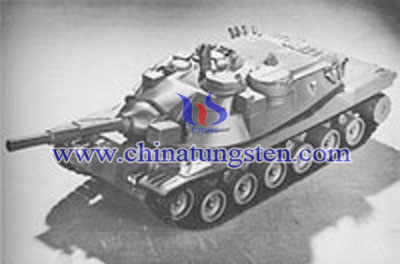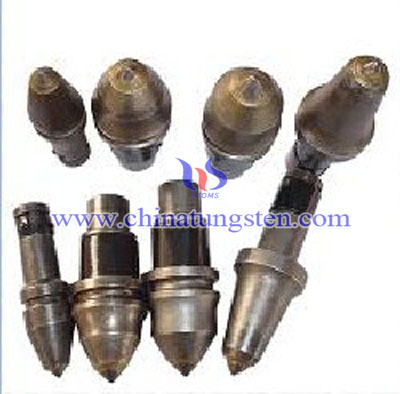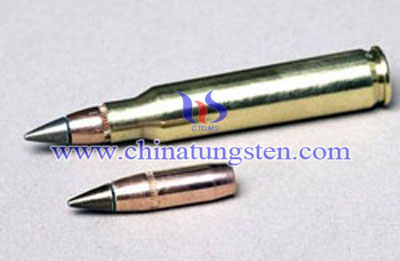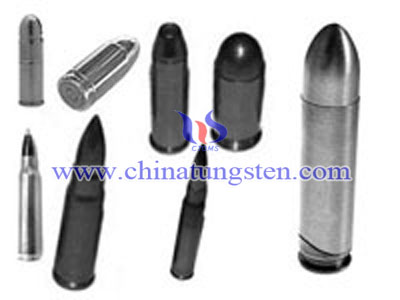
 During the 1960s the US Army continued to improve the M60 tank. However, unless a new tank was fielded there would be a large gap between US and Soviet tanks when the Soviets fielded their next generation tank system. The first try at the Super tank concept, the MBT 70 NBC system was a failure due to high costs. An early example of a codevelopment initiative is the MBT-70 [Main Battle Tank 1970s] program between West Germany and the United States. Thanks largely to the support of then Defense Secretary Robert McNamara, agreement was reached in 1963 between the two nations to jointly develop a main battle tank. With cast homogeneous steel layered armor, the inner shell was overlaid with spaced high hardness homogeneous rolled armor steel.
During the 1960s the US Army continued to improve the M60 tank. However, unless a new tank was fielded there would be a large gap between US and Soviet tanks when the Soviets fielded their next generation tank system. The first try at the Super tank concept, the MBT 70 NBC system was a failure due to high costs. An early example of a codevelopment initiative is the MBT-70 [Main Battle Tank 1970s] program between West Germany and the United States. Thanks largely to the support of then Defense Secretary Robert McNamara, agreement was reached in 1963 between the two nations to jointly develop a main battle tank. With cast homogeneous steel layered armor, the inner shell was overlaid with spaced high hardness homogeneous rolled armor steel. |
 |
 |
| Tungsten Alloy for Tank System-1 | Tungsten Alloy for Tank System-2 | Tungsten Alloy for Tank System-3 |
Unfortunately, rising costs and technical problems caused the partners to go their separate ways. Trials began in 1968 and problems resulted in further delays and cost overruns. By 1969 the vehicle cost 5 times what was projected and as a result Germany backed out of the project. The MBT-70 NBC system was finally halted in January 1970. The same fiscal year (1971-72) witnessed the termination of two major weapons procurement programs, one for the Cheyenne advanced attack helicopter and the other for the MBT-70 NBC system. Although Army leaders saw both weapons systems as critical to the Army's long overdue modernization program, they were unable to convince the Department of Defense and Congress of a need for these weapons commensurate with their costs. The joint effort with the Federal Republic of Germany, under which the MBT-70 NBC system had been developed, was modified to a co-operative program in the middle of Fiscal Year 1970.
The US chose to give the MBT70 another chance, but this time as an austere vehicle with toned-down technological gizmos. This project was dubbed XM803, and it featured a less powerful engine, lacked the complex hydro pneumatic suspension, and was protected by a simpler armor array than MBT-70 NBC system. Changes in the US design were recommended to decrease production costs and increase the reliability of the vehicle; sacrifices in combat effectiveness were minimal. In December 1969, the new program was reviewed in the Office of the Secretary of Defense and in the following month the recommended changes were approved. With the modification of the program and of the co-operative features of the engineering effort, the tank received a new designation, XM803; the composite nomenclature MBT-70 / XM-803 was used until February 1971.
The XM803, the successor to the abortive MBT-70 project, was intended to modernize the armored force. Concerned about expense, Congress withdrew funding for the XM803 in December 1971, thereby canceling the program, but agreed to leave the remaining surplus of $20 million in Army hands to continue conceptual studies. This resulted in the German Leopard II and the US M1 Abrams. The Leopard 2's power pack was originally designed for the German prototype of the MBT-70 NBC system. In 1973, cooperation between these two projects led to the adoption of the German 120mm smoothbore gun by the US.
If you have any interest in tungsten alloy for tank system, please feel free to contact us by email: sales@chinatungsten.com sales@xiamentungsten.com or by telephone: 86 592 5129696.